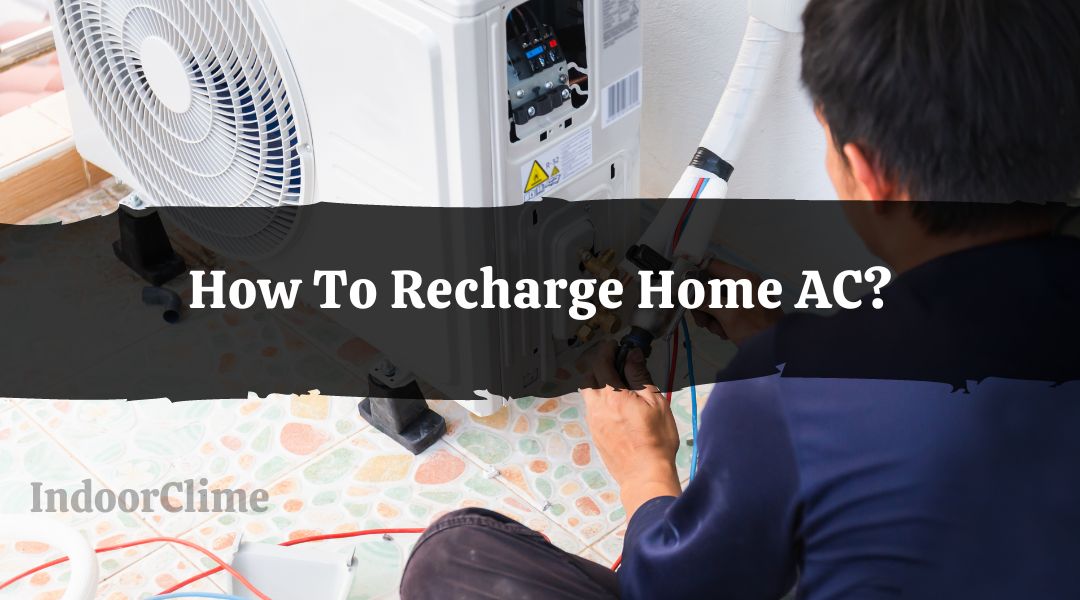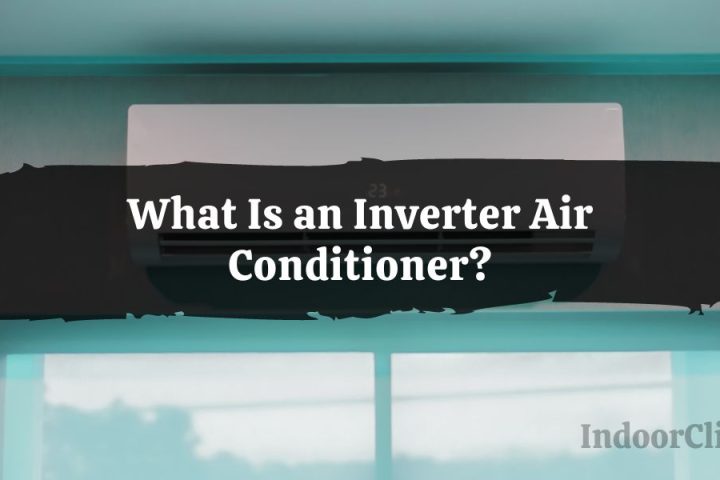Most homes in America have the same problem with having cooling and ventilation systems. These problems have caused thousands of people to put in severe air conditioners nationwide to meet their needs of cooling their homes.
This guide will tell you how to recharge your home AC so you don’t have to worry about it freezing and shutting off out of nowhere.
To recharge your air conditioner, you must first check the refrigerant level. It is achieved by using a pressure gauge on the low-pressure side of the system.
If there is insufficient refrigerant, you can add more using a charging hose and scale.
Can You Recharge a Home Air Conditioner Yourself?
Recharging a home air conditioner is not as difficult as you may think. With the right tools and safety precautions, you can restore your air conditioner in a few hours with minimal hassle.
The first is that the air conditioner is old and has become less efficient. The other reason is that the refrigerant—the component in your air conditioner that cools air—has lost its charge.
The good news is that if you determine that’s the problem, you can recharge your home air conditioner. The bad news is an improperly recharged system can cause severe issues with your cooling system.
What is a Refrigerant?
Refrigerant is used in various refrigerators, air conditioners, and heat pumps. It works by absorbing heat from the surroundings and transferring it to another place.
They are ideal as they are non-toxic and non-flammable.
These can be harmful and should always be handled carefully by an HVAC professional with the proper means and knowledge to manage these chemicals safely.
9 Easy Steps For How To Recharge a Home Air Conditioner

If your home air conditioner isn’t working as well as it used to, it may need to be recharged. Recharging your home A/C unit is an economical alternative to buying a new unit or calling in a professional and can be done quickly in just a few steps.
1. Get The Necessary Supplies. These supplies can be found easily at your local hardware store and will only cost around $200, depending on your brand.
- Gloves
- Protective eyeglasses
- Screwdriver
- Leak detector
- Refrigerant
- Freon kit
2. Unplug The Unit. Before you do anything else, ensure the unit is unplugged! You may also want to shut off the fuse that powers the A/C for added safety.
3. Wear Personal Protective Equipment. You must always wear safety goggles and heavy-duty gloves when working with refrigerants because they are caustic and can cause harm to your skin, eyes, mouth, and lungs.
4. Open the AC unit. The first is to remove the panel from your air conditioner. It will expose the compressor, which you need to work with.
Four copper lines should come out of it: the liquid line, the suction line, and the other two pressure valves.
5. Check for leaks. Disconnect one valve and connect it to an air compressor to check for leaks. Next, please turn on the air compressor and fill the unit until it reaches about 50 pounds per square inch (PSI).
6. Fix any leaks. Suppose you feel comfortable fixing minor leaks yourself; great! If not, take it to a professional who can fix leaks before recharging.
Ensure they use Freon®, which is important for properly cooling your unit.
7. Connect the valves to the compressor. If you have an external compressor, you need to connect the hose from the freon kit to the inlet valve on the compressor.
If you have a recharge kit with a built-in compressor, you do not need to connect anything at this step.
8. Connect the valves to the freon kit. Next, connect the other end of the hose on the freon kit to your air conditioner’s low-pressure port.
The low-pressure port is usually a blue valve or a blue cap on your air conditioner and is generally located on top of or near your air conditioner’s condenser coils.
Again, you should check if your air conditioner’s owner’s manual is not visible.
9. Recharge your window air conditioner. First, please turn on your window air conditioner to cool mode.
Then, switch on your freon kit’s compressor and allow it to run for 10 minutes as it fills your air conditioner with refrigerant.
How Much Does It Cost To Recharge a Home Air Conditioner?
A recharge of a home air conditioner’s refrigerant is around $250.
The recharge cost will depend on the size and type of air conditioner. For example, a window unit can cost as low as $125 to recharge, while central air units can cost $450.
These costs are for recharging with an R-22 refrigerant, which would be used for an older system. If you need to restore a newer system that uses the R-410A refrigerant, the costs will be higher due to the expenses associated with purchasing this type.
How Often Does the Home AC Need To Be Recharged?

Your home AC should be recharged annually and repaired every time. The process takes about an hour, and you should check your owner’s manual to determine the amount of refrigerant your AC requires.
However, there are a lot of elements that go into deciding when your AC needs to be recharged.
Here are some factors that can impact your AC’s performance:
- Is it leaking? If it is, you’ll need to have it recharged and repaired, which can be done simultaneously.
- How old is it? If your AC is starting to get old, you may need to recharge it more often.
- How often did you use it last year? The more you used it last year, the more likely you will need a recharge this year.
- Have you ever had the air filter changed? It can impact how well your AC works, so you should probably do so now if you’ve never had this done before.
- How long since your last recharge? If it’s been more than three years since your last recharge, it’s probably time again now (but check with an expert first!).
How Do I Know If My Home AC Needs To Be Recharged?
Your air conditioning system needs to be recharged when low refrigerant levels. That’s not a question of how often you use your AC or how hot it gets in your area—it’s when the levels, as measured by your gauges, get low enough to affect your AC’s ability to cool your home.
Here are a few signs that your home AC needs to be recharged:
- When the vents in your home do not produce cold air and instead blow just warm or hot air.
- When your ducts make cool air, you hear a rattling sound when turned on.
- When you notice a puddle of water under the unit.
- When there is a foul odor coming from the unit.





